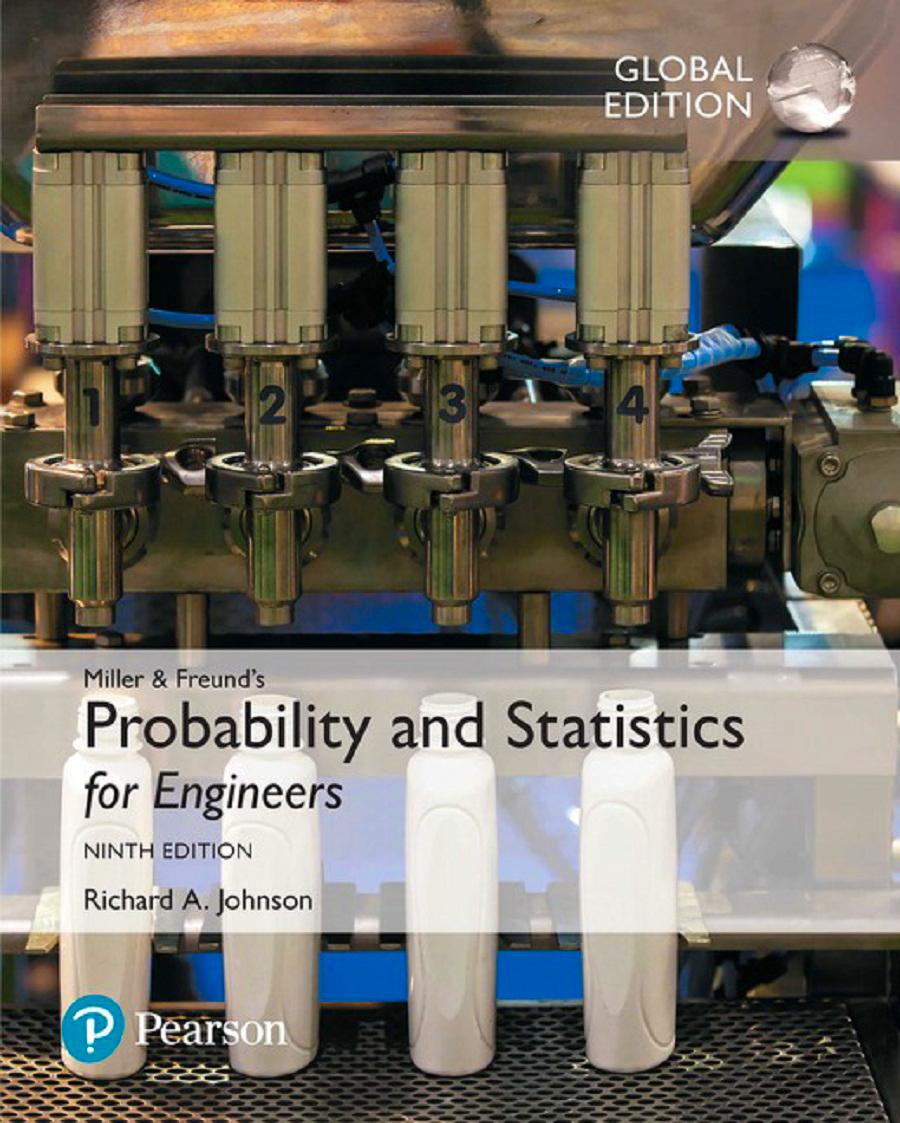Using the same sort of reasoning as in the derivation of the formula for the hypergeometric distribution,
Question:
Using the same sort of reasoning as in the derivation of the formula for the hypergeometric distribution, we can derive a formula which is analogous to the multi-nomial distribution but applies to sampling without replacement. A set of \(N\) objects contains \(a_{1}\) objects of the first kind, \(a_{2}\) objects of the second kind, . . , and \(a_{k}\) objects of the \(k\) th kind, so that \(a_{1}+a_{2}+\cdots+a_{k}=N\). The number of ways in which we can select \(x_{1}\) objects of the first kind, \(x_{2}\) objects of the second kind, . . , and \(x_{k}\) objects of the \(k\) th kind is given by the product of the number of ways in which we can select \(x_{1}\) of the \(a_{1}\) objects of the first kind, \(x_{2}\) of the \(a_{2}\) objects of the second kind, \(\ldots\), and \(x_{k}\) of the \(a_{k}\) objects of the \(k\) th kind. Thus, the probability of getting that many objects of each kind is simply this product divided by the total number of ways in which \(x_{1}+x_{2}+\cdots+x_{k}=n\) objects can be selected from the whole set of \(N\) objects.
(a) Write a formula for the probability of obtaining \(x_{1}\) objects of the first kind, \(x_{2}\) objects of the second kind, \(\ldots\) and \(x_{k}\) objects of the \(k\) th kind.
(b) If 20 defective glass bricks include 10 that have cracks but no discoloration, 7 that are discolored but have no cracks, and 3 that have cracks and discoloration, what is the probability that among 6 of the bricks chosen at random for further checks 3 will have cracks only, 2 will only be discolored, and 1 will have cracks as well as discoloration?
Step by Step Answer:

Probability And Statistics For Engineers
ISBN: 9780134435688
9th Global Edition
Authors: Richard Johnson, Irwin Miller, John Freund





